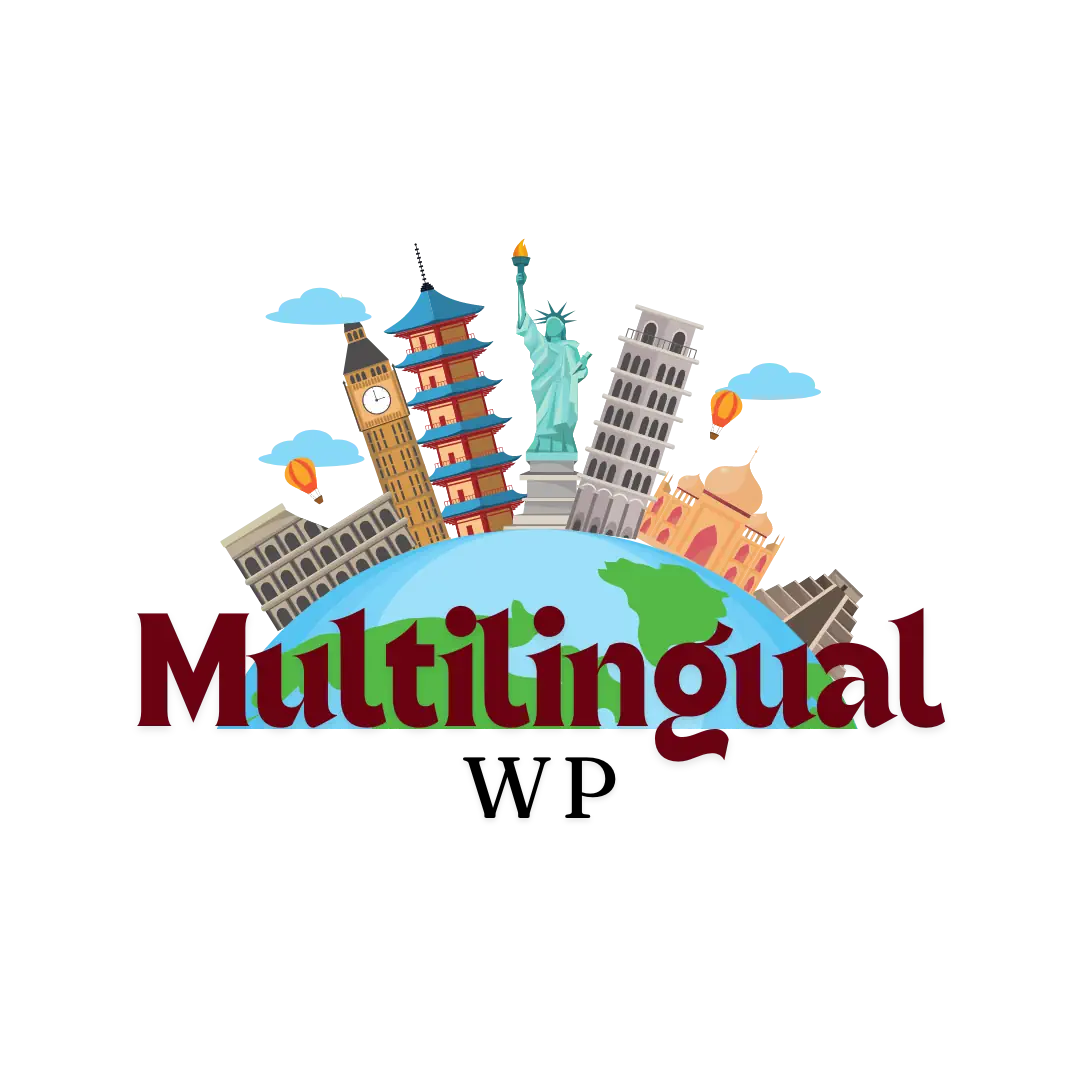Expanding a website to serve visitors around the world goes beyond simply translating words. Global audiences expect content that feels native, functions properly in their language, and supports their cultural expectations.
That foundation begins with website internationalization (i18n) — a crucial first step in preparing your site for multilingual growth, localization, and global SEO success.
This guide breaks down what internationalization means, why it matters, and how to apply it to a modern WordPress website.
What Is Website Internationalization (i18n)?
Internationalization (i18n) is the process of designing and developing your website so it can easily be adapted to different languages, regions, and cultures — without requiring major code changes.
In simple terms:
Internationalization prepares your site to become multilingual before translation begins.
The term i18n comes from:
i + 18 letters + n → internationalization
Internationalization vs Localization (i18n vs l10n)
These terms are often confused, but they refer to two different stages of going global:
| Term | Meaning | When it Happens |
|---|---|---|
| Internationalization (i18n) | Prepares your website for multilingual content | Before translation |
| Localization (l10n) | Adapts content to a specific language, culture, and market | During/after translation |
Think of it like building a house:
- i18n = installing plumbing & electrical systems
- l10n = decorating each room based on taste and culture
You can’t successfully localize without internationalizing first — especially on WordPress.
Why Internationalization Matters
A properly internationalized website ensures:
- Fast, painless translation workflows
- Correct display of languages, scripts, and special characters
- Smooth functionality across multiple languages
- Better international SEO and user experience
- Support for regional formats like dates, currencies, and addresses
Benefits at a glance
- ✅ Builds the foundation for multilingual growth
- ✅ Avoids expensive “fix later” development issues
- ✅ Reduces plugin conflicts and errors
- ✅ Ensures compatibility with global audiences
Without i18n, adding new languages becomes messy, slow, and risky.
Key Components of Website Internationalization
1. Making Text Translatable
Whether it’s a WordPress theme, plugin, or content:
- Wrap text in translation functions (
__(),_e(),_x()in WordPress) - Use POT, PO, and MO language files
- Avoid hard-coded text in templates
2. Structuring URLs for Languages
Examples:
| Strategy | URL Example |
|---|---|
| Subdirectories | example.com/es/ |
| Subdomains | es.example.com |
| ccTLDs | example.es |
| URL Parameters | example.com?lang=es (not recommended for SEO) |
3. Supporting Unicode (UTF-8)
Allows content in:
- Arabic
- Chinese
- Cyrillic
- Hindi
- Hebrew
- Japanese
…and any other script.
4. Formatting for Global Use
| Element | Variation Example |
|---|---|
| Dates | 03/06/2025 vs 06/03/2025 |
| Numbers | 1,000.50 vs 1.000,50 |
| Currency | $100 vs €100 vs ¥100 |
| Names | First name vs surname order |
5. Mobile & Layout Flexibility
Languages like Arabic and Hebrew require right-to-left (RTL) layouts.
Internationalized sites adapt styling and UI automatically.
How Internationalization Works in WordPress
WordPress provides a robust i18n framework, including:
- Translation-ready theme & plugin functions
- Language file support
- WPML, Polylang, Weglot, TranslatePress compatibility
- RTL stylesheet support
- Locale-aware formatting functions
Must-have practices for WP developers
- Use gettext functions (
__,_e,_x, etc.) - Generate a
.potfile - Avoid inline hard-coded text
- Store all text strings in translation catalogs
If you’re using themes or plugins, choose ones labeled translation-ready.
Example: Internationalization Done Right
Before (not translation-friendly):
<p>Hello, welcome to our website!</p>
After (translation-ready):
<p><?php _e('Hello, welcome to our website!', 'text-domain'); ?></p>
This small change makes your text translatable in WordPress.
Internationalization vs Multilingual Plugins
Internationalization is not a plugin — it’s preparation.
Then, you choose tools to translate and display languages, such as:
- WPML
- Polylang
- TranslatePress
- Weglot
- Loco Translate
Plugins handle translation.
Internationalization makes plugins work correctly.
Common i18n Mistakes to Avoid
- Hard-coding text in templates
- Using images with embedded text
- Ignoring RTL layout support
- Mixing languages on the same page
- Treating i18n as an afterthought
Final Thoughts
Building a multilingual site doesn’t start with translation — it starts with internationalization.
A properly internationalized WordPress site:
- Loads faster and cleaner across languages
- Is ready for SEO growth in global markets
- Works seamlessly with translation plugins
- Delivers a culturally-appropriate user experience
Whether you’re planning multilingual content for the first time or optimizing an existing site, prioritizing i18n saves time, money, and headaches.
FAQs About Website Internationalization
What does i18n stand for?
Internationalization — with 18 letters between “i” and “n.”
Is internationalization only for big companies?
No — even blogs and small businesses benefit from multilingual-ready websites.
Do I need a developer to internationalize a WordPress site?
Not always. You can start using translation-ready themes and plugins.
Is i18n required for SEO?
Yes — it supports proper hreflang, URLs, and multilingual structure.
